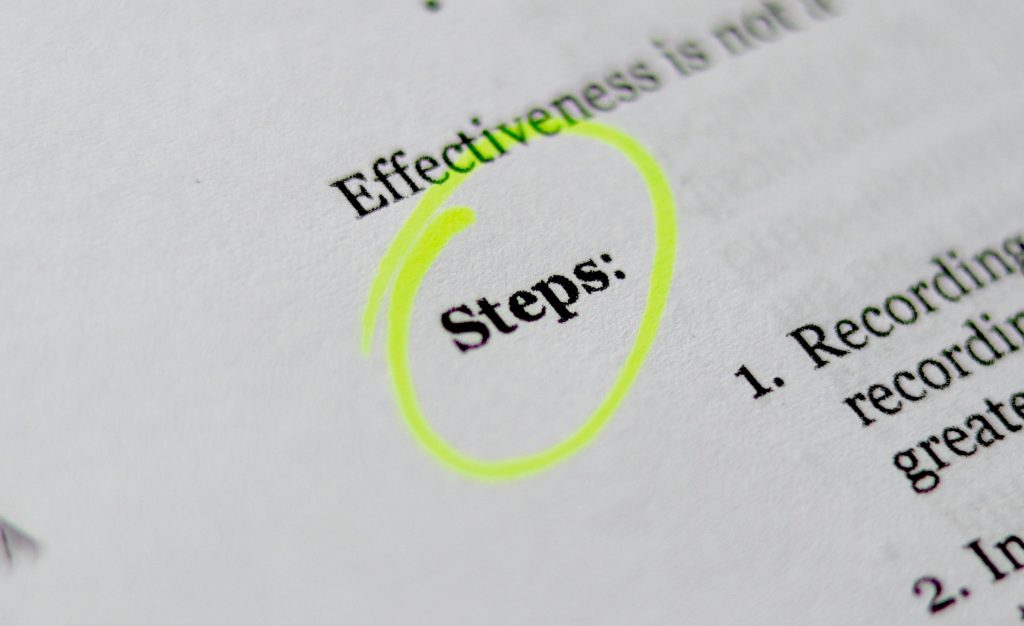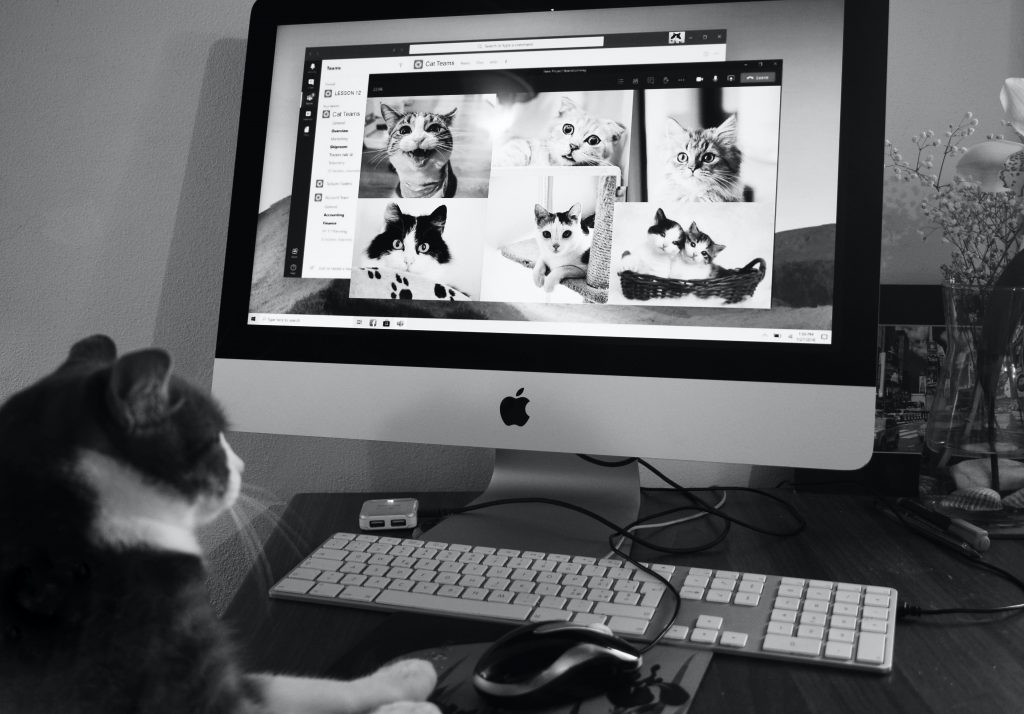Ready to see it for yourself?
One of our workspace experts will reach out to you based on your communication preferences.

Remote teams are on the rise, both as a result of the pandemic and due to advances in technology. Small businesses are not the only ones capitalizing on this exciting new way of operating: There are also large enterprises now finding value in giving workers more location autonomy.
Building efficient remote teams are beneficial both to employees and the companies they work for. Some of the many business advantages are reduced employee turnover, higher productivity, and lower operating costs.
While it may seem daunting, the benefits you’ll ultimately gain from having remote teams make it all worthwhile. There are some initial challenges - but never fear! Here’s a handy 7-step guide on how to build an efficient remote team.
“One of the secret benefits of using remote workers is that the work itself becomes the yardstick to judge someone’s performance.”
- Jason Fried

Just because other companies are doing it, it doesn’t mean that you have to as well. You must have a sound purpose for creating a remote team. It will give you a clear direction as to how you should proceed.
Having specific reasons can help in jumpstarting the process of building an efficient remote team, and keep you on the right track. Everything that you'll do will be based on the objectives you’ve set, like who you should hire, how they will function, and how they will contribute to the company’s growth
When you have remote teams, you may have members from different cities or countries. This setup can create a lot of confusion within the company due to time zone and cultural differences. So, it’s crucial to establish the right structure from the get-go to ensure stable operations.

Start by making an organizational chart. It’ll give all employees a clear picture of where they stand and the extent of their parameters. Having this can also improve lines of communication. With the roles of each and everyone being clearly defined, everyone will know who to reach out to - and when - for specific matters. Although after all, you can still utilize a coworking space every once in a while to meet and interact with each other in person. You can, for example, look up providers that offer coworking space for a day bookings.
To make your remote team work efficiently for you, you need to define all their responsibilities with zero ambiguity. You should also document the processes on how you want them to do their job. It will help them work independently right off the bat as they won’t need to fumble around. They will already know how to perform their tasks and the right people to reach out to when they’re done.

It’s also here where you'll set how long they'll work, track time, check in, and communicate. For instance, you want your team to use the company’s internal direct messenger regarding urgent matters and email for official and client communications.
If you are going to manage a remote team, you’ll need to make use of technology: Applications for direct communication, virtual meetings, file sharing, project management, time tracking, and others. Some of the popular work-from-home programs and platforms that companies are using include Slack, Zoom, Skype, Asana, Trello, Hubstaff, and Google Drive.

Some needs are only specific to certain employees. For instance, you have graphic designers in your team. They will need access to images to help you create the visuals for your websites, social media, and marketing campaigns. So, you need to provide them with access to websites and software like iStock, Unsplash and Photoshop.
When you form a remote team, you’re not limited to applicants living in the same city as you. Instead, you have access to a vast pool of candidates from all over the world. You may not be able to assess them the old-fashioned way if they are from different cultural backgrounds and living conditions. On the plus side, you get to be able to draw from a much wider range of talent.

The most crucial factor in a remote team is that all the members can get along and work together. So, one of the things you should look for is good communication skills. In addition, you should also search for people who are reliable and disciplined, so you’ll be at ease in letting them work with minimal supervision.
Employee engagement in a remote setup is as essential as it is in an office-based setup. It can, however, seem more challenging with remote workers. They may more easily become disconnected from your other staff members and the company itself, leading to poor productivity and work quality.

To keep your remote team engaged, conduct weekly meetings and individual check-ins. It will help your employees feel that they belong to the company when they are in the loop of the latest developments in the business. It also allows them to interact with one another and establish good teamwork.
Another thing you can do when you meet with your remote team in a group huddle or one-on-one catch-ups is to instill the company objectives in them. When you’re working from home, it’s easier to forget the ultimate goals behind the tasks you’re doing. People just become too focused on the work itself and on finishing it in good time.
Find ways to remind your remote team about the company’s mission and vision. You can also talk about the company’s core values and be sure to demonstrate them every time you interact with everyone. Your employees will feel more connected with the enterprise, and will be more inclined to want to help achieve the company’s goals.

There are a lot of talented people around the world. When you open your doors to people from different regions, you make it possible to find the best talent to help you succeed. Getting them on board may not be as easy as a walk in the park, but it sure is worth it. When done right, you’ll not only get the job done but you’ll also potentially cut costs and create a far more agile company going forward.
“If you are not limited by a specific office location, you can look anywhere in the country or anywhere on the globe.”
- Nicole McCabe

Are you looking for a NYC event venue for personal or business occasions? Do you need a fresh perspective for your workday, a business address or virtual mailbox? If it’s time to level up your business and you’re looking to make some serious marketing moves, we have the answer for you!
Please select a different location.